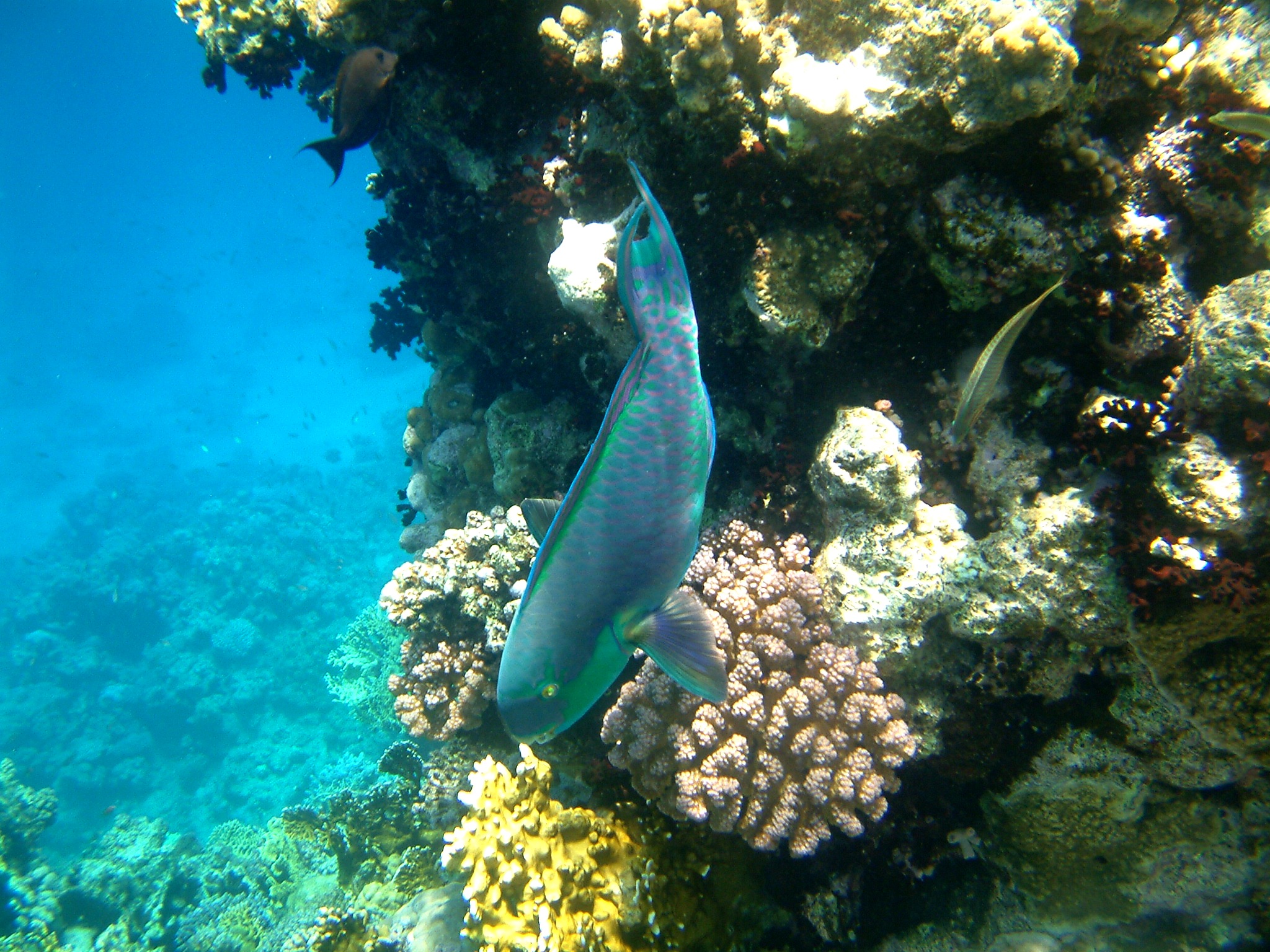One of the hottest topics out there is GMO’s-Genetically Modified Organisms. Are they healthy, are they needed, and are they safe? It is a massive and controversial subject that can be pretty difficult to sort out. Today I am only going to talk about corn since most of it is Genetically Engineered, and is done so ONLY to withstand the billions (yes billions) of pounds of pesticides we drown this and other crops in. So rather than ask if you think GE corn is a good or necessary idea, why not Consider This…
How many pesticides and herbicides do you like in the food you eat and the food you feed to your family or your pets? I am going to assume that most of us would say none. The logical answer might be to stop eating corn altogether and therefore eliminating all those nasty chemicals. Unfortunately that is not the case, not even close.
If we are what we eat, then most of us should be walking cobs of corn. You would think that the assortment of food available to us (over 50,000 various products) would serve us with a genuine variety, but that is not the case.
Corn is the main diet of the cows, pigs, chickens, turkeys, lambs and even salmon, tilapia, and catfish. Our eggs, milk and cheese all come from animals that are fed mostly corn if not exclusively. An easy answer here… become vegetarian or vegan, don’t eat corn and presto- no more corn chemical soup, right? It will help for sure but this is not entirely the case.
Corn is in your canned fruit, prepared soups, beans and your morning waffles and cereal. It is in your salad dressings, hot sauces, syrups, ketchup, mayonnaise, mustard, relish, margarine, peanut butter, jams and gravies. Your cakes, cookies, candies, chewing gum, potato chips and doughnuts all contain some form of the yellow stuff. Even the shine on your cucumbers and apples comes from a wax made from corn. Thirsty? Your beer, sodas and even your glass of wine - corn and more corn. Of the average 50,000 food items in your supermarket more than 40% contain some form of this genetically engineered vegetable.
Grow your own food, don’t eat meat and skip the yellow cobs? You will still find yourself surrounded in corn. It is in your vitamins, toothpaste, diapers, cleaners, trash bags, batteries and matches. Magazines covers and produce shipping containers are coated with products containing corn. Even the supermarket itself has been built with products made from corn and don’t forget about your cars, it is in your gas tank as well.
Not such an easy fix: It is a difficult ingredient to avoid, but the best you can do is to read the ingredients of the products you buy, choose organic when you can, cook your own food and eat mostly greens. Avoiding meat does cut out a lot of corn, not to mention all of the other health benefits. If you have the option, grow as much of your own food as you can. You would be surprised at how little space it takes to grow food.















